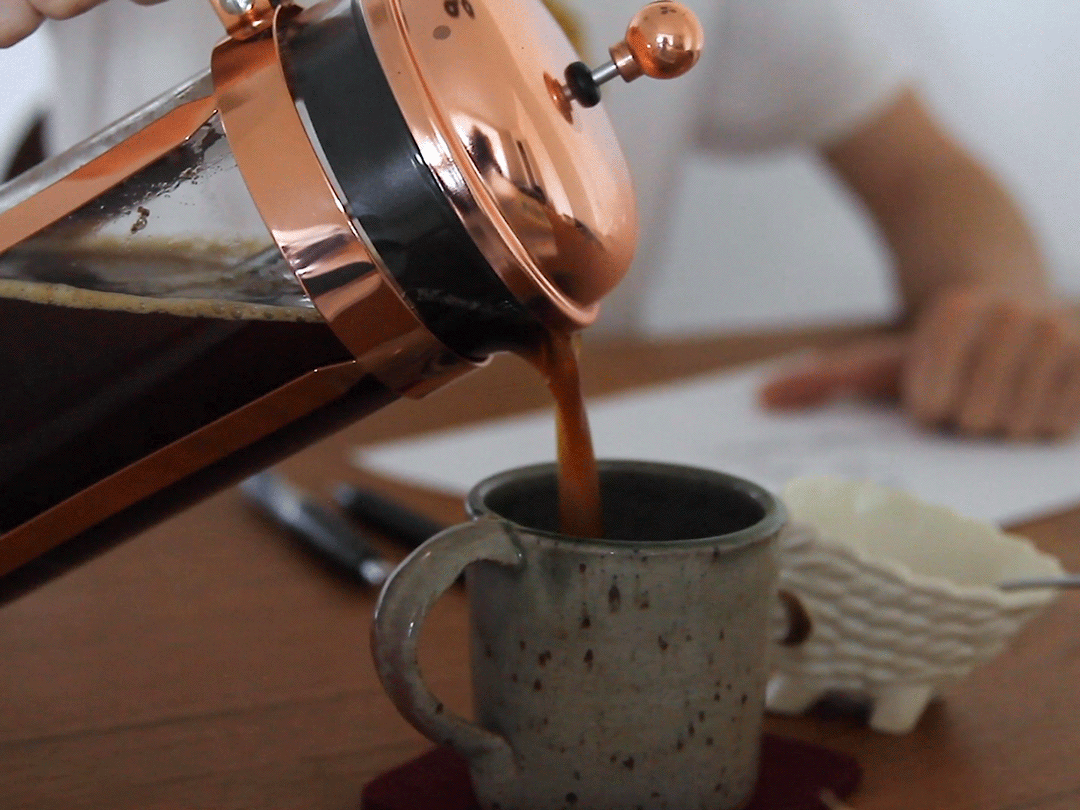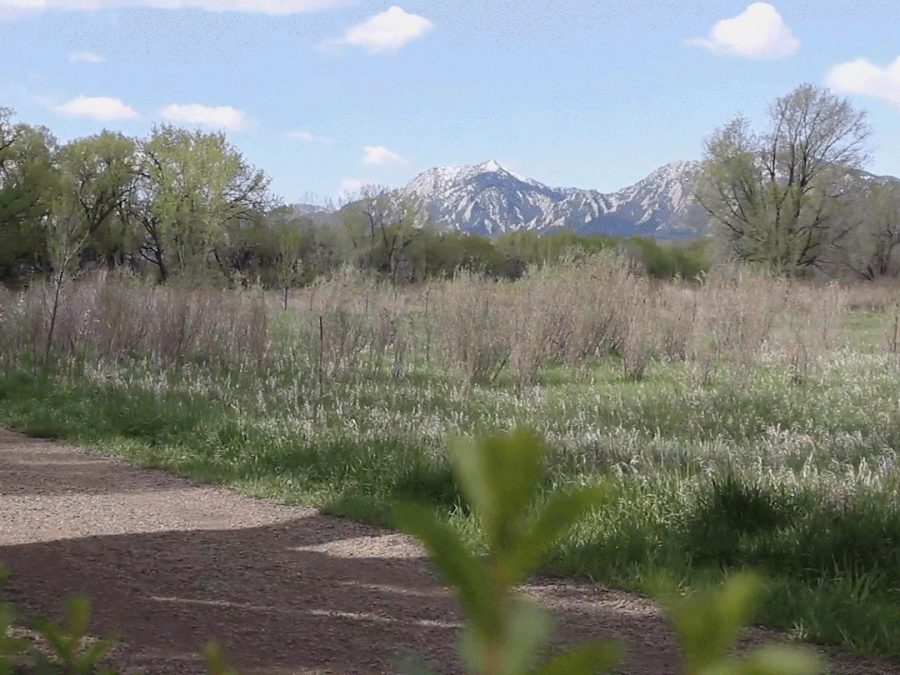Get to know independent designer and illustrator Dan Lehman, based in Boulder, Colorado. Dan takes us through his daily routine, creative process, and shares his favorite tools of the trade. Read on to learn more about the perks and challenges of working independently while building a business. Photography by Megan Sweeny of Big Heart Film.
Tell us about your design work. What’s your approach to working with clients?
It seems like most people know me for my ink illustrations, which feature a lot of detail, natural textures, and many imperfections. It took me a long time to discover and hone my natural style, and it always feels rewarding to have clients ask for it specifically.

Dan's completed ink drawings, ready to be scanned into Photoshop.
When I’m working on graphic design projects, however, I approach the work from a multi-disciplinary mindset and adapt to the specific needs of my clients, which may require working in any number of styles. After completing any preliminary drawings or concepts, I’ll jump between Adobe Illustrator, Photoshop, InDesign, and AfterEffects to create the final artwork.
I want my clients to always feel confident that I truly care about the quality of the work I’m delivering, and that I’ve understood their specific goals and needs. While I keep up to speed on the design world through Dribbble, Instagram, Brand New, and elsewhere, I try not to allow current trends to have an outsize influence on my creative process. When a client is paying me to create value for their brand or product, I want to ensure that every decision I make is intentional and considered.
How do you begin each workday?
I tend to split my working hours between home and the office depending on what I need to get done. After making coffee, I start planning my day out. If I need to complete any rough sketches or ink drawings, I like to do this from my kitchen table. My neighborhood is very quiet, so the conditions are perfect for uninterrupted, focused work.

Home office at the kitchen table, with plenty of natural light and a house-trained rabbit for company.
What does the rest of your day look like? How do you create structure to get things done?
When I’m done working from home, I’ll head into the office. If the weather is nice, I’ll ride my bike several miles into town on trails and back roads with views of the Rockies along the way.
The office is the best place for me to do digital work on a large screen. I currently rent a desk at Cast Iron Design , a well-respected design studio here in Boulder, Colorado. The mid-century office building was designed by prominent local architect Roger Easton, and is considered a historic landmark.


Illustration by Dan Lehman of the mid-century office building where he works.
There are many places between home and the office that I can also work from, including breweries, cafes, and the public library. This is a perfect scenario for the times that I need a change of scenery or want to meet with a client downtown.

Boxcar Coffee, a favorite spot to work. T-Shirt design by Matt Thompson.
Tell us about your creative process. What are your go-to design tools?
I’m a big proponent of sketching ideas on paper instead of rushing to open Photoshop or Illustrator. I think it’s important to have the freedom to get good and bad ideas out of your head without needing them to feel polished or final. All of my initial sketches go into my Moleskine notebooks. I use the 5x7 inch size with the 100lb paper.
I’ve been using this system since 2007, and am now on my fifteenth volume. On a side note—the name ‘QRS,’ which I’ve adopted as my personal design brand—was derived from the name of this series. No one seems to believe me that QRS doesn’t actually stand for anything, but that’s the honest truth. The idea simply popped into my head and I liked the way it sounded.

Dan's Moleskine sketchbooks, dating back to 2007.
The physical tools I use for illustration have remained the same for the better part of a decade. When you find your groove, don’t rock the boat! For drawing, I use a Dr. Grip .5 mechanical pencil, a clickable eraser for detail, and a soft black plastic eraser for larger areas.

For final art, I use sumi ink and small brushes. Trust me, I’m well aware that there are quicker and easier options for creating a similar look, but I’m 100% committed to this process as I feel like it perfectly captures my intention. It seems like people are drawn to artwork that has a human touch, so I can see a value in retaining a skill set that is becoming less common.

To create separate, scannable layers, I tape a piece of Dura-lar over my rough sketches. The Dura-lar allows me to make mistakes (ink spills do happen) or create additional versions while retaining the unaltered, original sketch. Dura-lar is a synthetic vellum that has what I think is the best combination of rigidity, surface texture, and opacity.

If I’m planning to create fully vector art, I’ll simply scan my rough sketches into Illustrator and start tracing with the pen tool on a layer above. If I intend to retain a hand-drawn feel, I’ll scan my ink drawings into Photoshop and then separate the artwork onto new layers for coloring.
I’m in the minority of folks who find the layer functionality and masking in Photoshop to be superior for image making. If you think I’m crazy, check out Owen Davey’s process videos on Instagram!

Scanned ink drawings are organized and colored in Photoshop.
What’s one area in your career you’d like to improve on? How do you plan on making these changes?
I’m at a place in my career where I feel very comfortable with my visual style and my process. This allows me to work productively and to make accurate estimates around time and budgets.
The area where I’d like to improve as an independent designer is business management. The biggest perk of working for yourself—total freedom and control—comes with the significant caveat of also managing a range of non-creative tasks like answering emails, creating budgets and timelines, winning new business, preparing your taxes, etc. All of these things take time away from getting projects done, so there’s a big incentive to create efficiency wherever possible.
Currently, my biggest goals are to continue improving my workflows, keeping better records, and outsourcing work whenever possible.
What new skills are you interested in learning?
While not a graphic design skill, the most recent thing I learned was how to sew. This was something I picked up to support my existing obsession with pattern design. With on-demand digital fabric printing, I can transform my artwork into physical goods. My main focus is on creating a line of flags to showcase my Wes Anderson inspired illustrations and patterns.
The skill I am most anxious to learn is font design. I love working with typography and creating custom lettering, so I think this would be a really valuable way to expand my design skillset. I would like to release my first display font in 2020, and then continue building out a broader collection as I have time.
Want to keep up with Dan? Find him on Dribbble, Instagram, and at danlehman.com.
Find more Interviews stories on our blog Courtside. Have a suggestion? Contact stories@dribbble.com.













